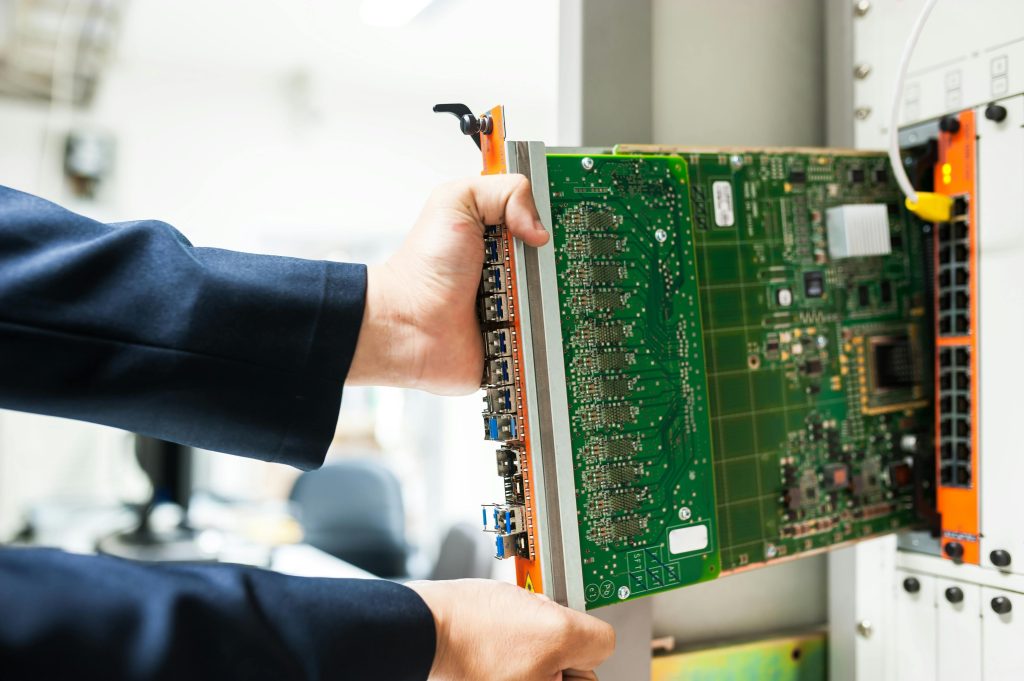Evolving Mobile Flexibility: Comparing eSIM and Physical SIM Card Usage for Multi-Device Users
In today’s fast-paced digital landscape, managing multiple devices has become an integral part of the modern lifestyle—whether for work, leisure, or outdoor adventures. For users on the AT&T network with several compatible smartphones, the question often arises: should I stick with traditional physical SIM cards or switch to eSIM technology for greater convenience?
The Challenge of Switching Devices
Many users, like those who frequently alternate between devices such as the Samsung Galaxy S25 and Galaxy Z Fold7, find the process of swapping physical SIM cards to be cumbersome and time-consuming. Removing and inserting SIM cards, especially when on the go or in the midst of busy schedules, can become a source of frustration and potential damage to the SIM or device.
The Pros and Cons of eSIM Technology
Advantages of eSIM:
- Convenience: eSIMs are embedded directly into the device, eliminating the need for physical card swaps.
- Speed: Switching carriers or plans can often be done digitally, without waiting for new SIM cards to arrive.
- Space-saving: Without a physical SIM tray, device manufacturers can optimize internal space for other components or features.
Possible Considerations:
- Device Compatibility: Not all devices currently support eSIM technology; verification with your device manufacturer is essential.
- Carrier Support: Ensure that your carrier, AT&T in this case, fully supports eSIM activation and management.
- Potential Technical Issues: While generally reliable, some users may encounter configuration or activation challenges.
Is Switching to eSIM the Right Choice?
For users who frequently switch between multiple devices and wish to streamline their experience, transitioning to an eSIM can be a strategic move. It facilitates quick and hassle-free device changes without physical handling, which is especially advantageous for those who are on the move or involved in activities like hiking where convenience is vital.
However, it is important to consider individual device compatibility and the technical aspects involved in setting up an eSIM. If your devices support eSIMs and your carrier offers straightforward activation, adopting eSIM technology can significantly enhance your device management experience.
Final Thoughts
As mobile technology continues to evolve, the transition from physical SIM cards to embedded eSIMs appears to be a natural step towards greater flexibility and efficiency. For users already managing multiple compatible devices on AT&T, exploring eSIM options could simplify their digital lives and reduce the hassle
Share this content:



